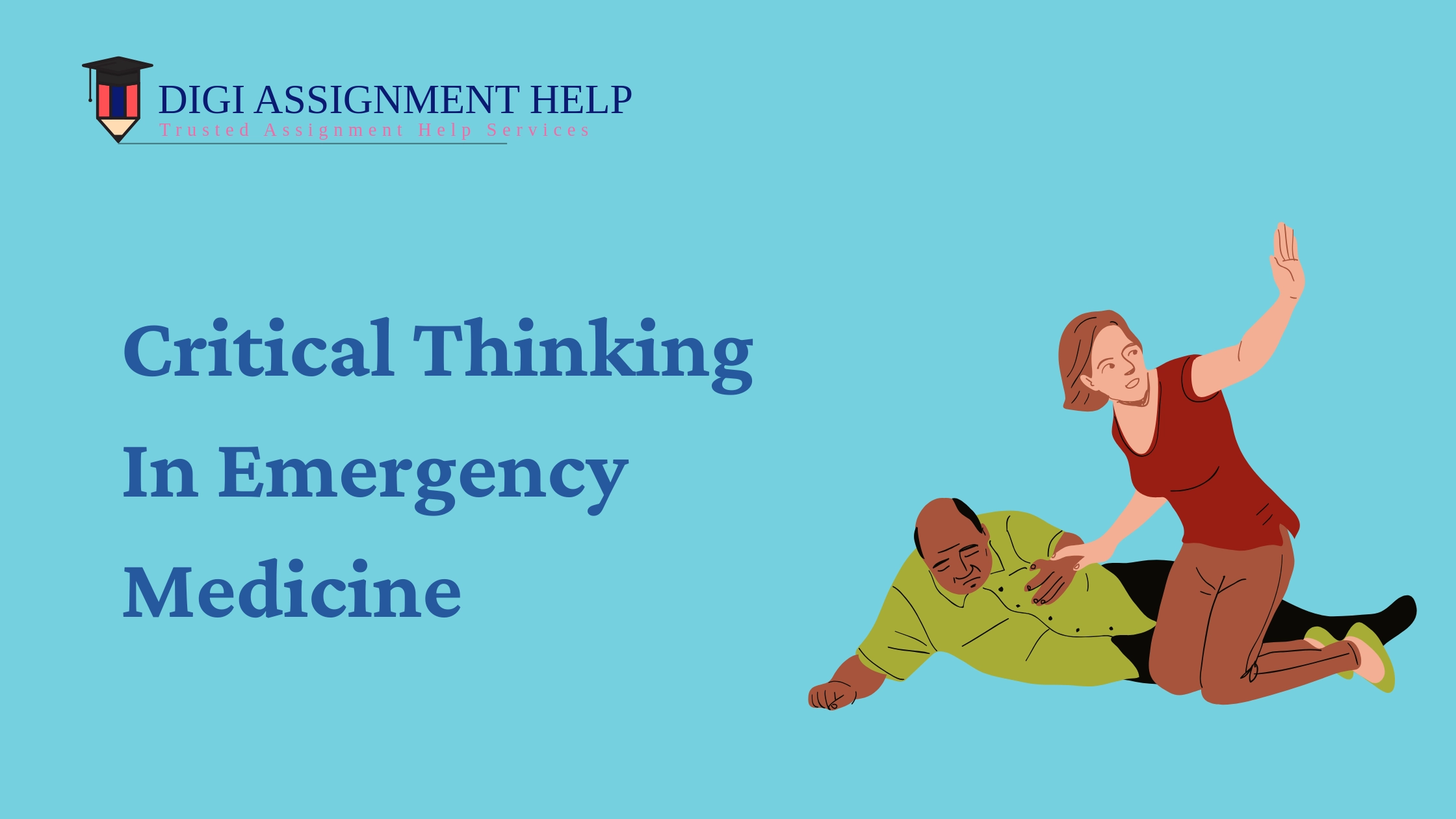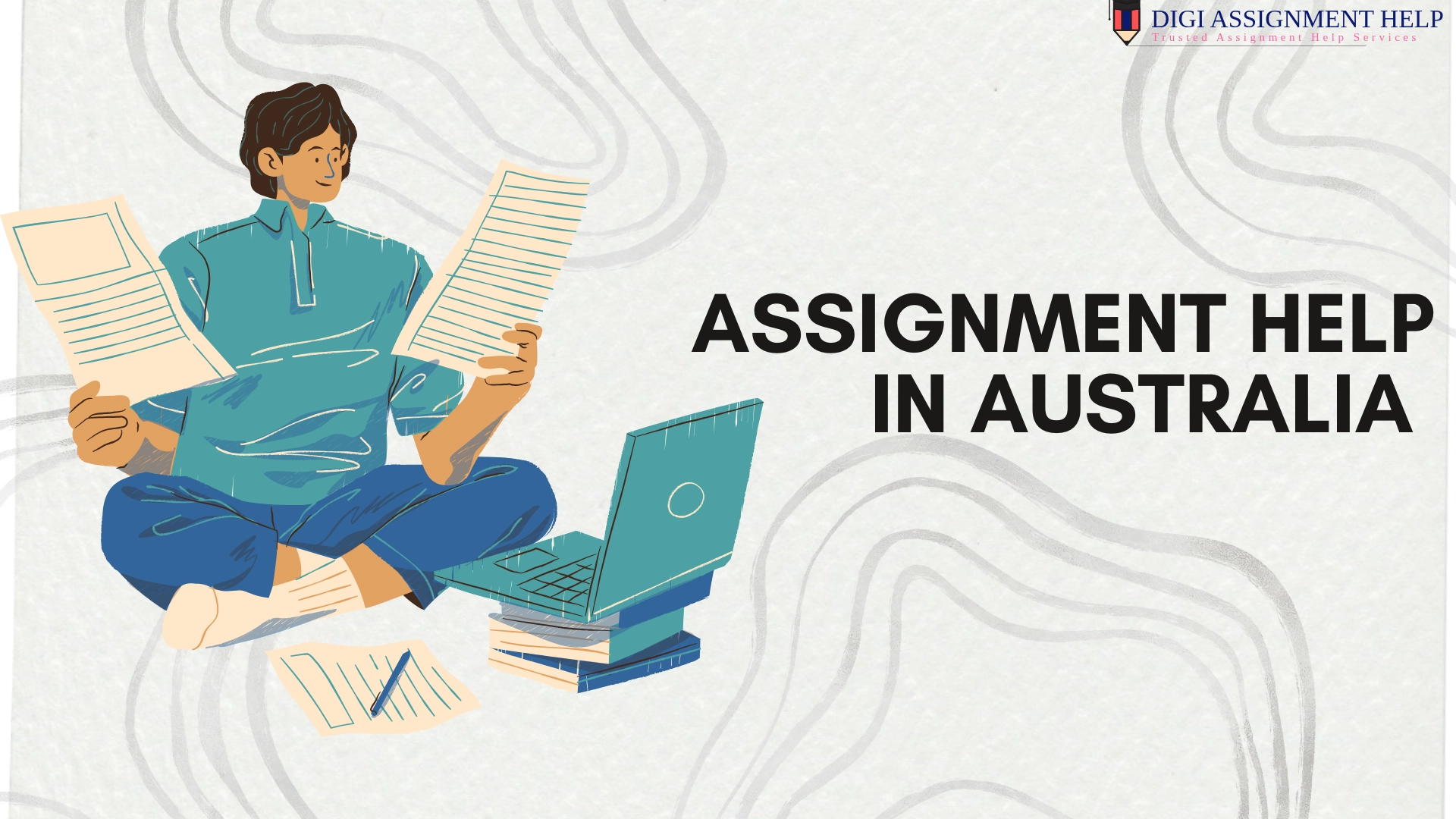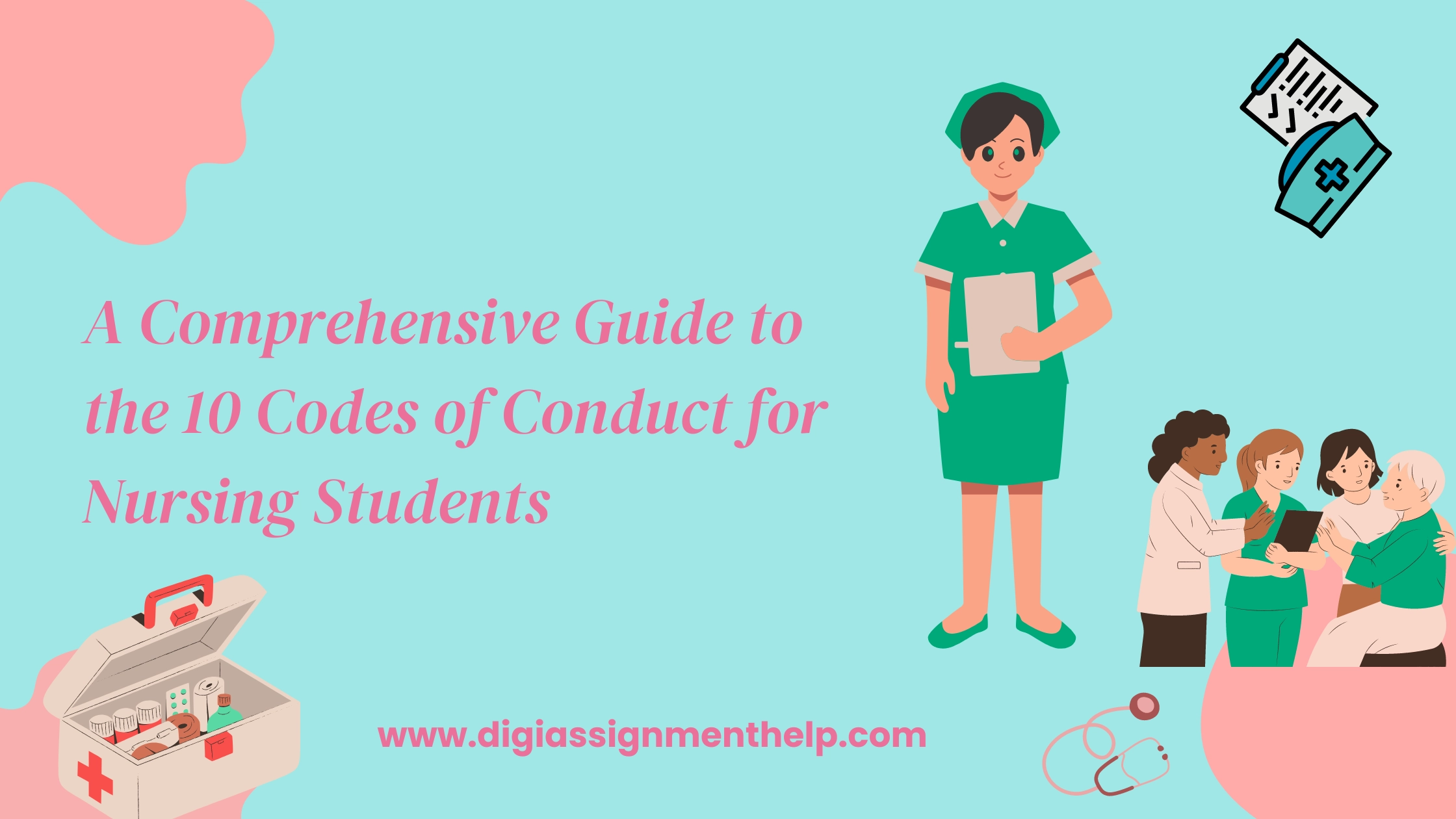Critical Thinking in Emergency Medicine
 30-Aug-2024 07:01 AM
30-Aug-2024 07:01 AM

Providing immediate care to patients is one of the most difficult and effort-consuming tasks for healthcare professionals.
From accurate judgment to a proper understanding of the situation, professionals should ensure they have a complete picture of the patient’s condition so as to provide the best care and effective treatment.
However, for this, clinicians need to develop several skills, like responsiveness, prompt judgments, and many more.
Out of all these, it is critical thinking that lays the cornerstone of emergency medicine and care, allowing healthcare professionals to respond properly to unexpected events and provide life-saving treatment to their patients.
If you are studying medical or nursing courses in Australia, it’s imperative to nurture your critical thinking abilities so that you can master emergency medicine and treatment.
Most ER professionals often complete different courses to gain complete control over this ability, ensuring their judgments can save their patients on time without worsening the situation.
Considering its growing importance in clinical education, we have curated a detailed guide on critical thinking in emergency medicine.
Understanding the basis of critical thinking
Before you even begin to develop your critical thinking ability, it’s important to understand what the term entails. Without knowing its foundation, you won’t be able to make the right call, let alone work on improving your skills.
So, in textbook terms, critical thinking is the ability of a clinician to analyze, assess, and make data-backed decisions with promptness and urgency.
For example, when a nurse comes across a patient suffering from tingling pain in the chest region, she will use her expertise and domain knowledge to understand the symptoms, apply pattern recognition to the patient’s behavior, assess the overall, physical conditions, and decide the prognosis and diagnosis accordingly.
Different Components Of Critical Thinking In The Clinical Field
It is not just about identifying the symptoms and making a diagnosis of the patient’s condition. Instead, critical thinking involves several key steps that need to be traversed chronologically.
Below, we have explained these stages so that you can become more familiar with this clinical skill.
-
Rapid assessment: Nurses and healthcare professionals draw information from the patient’s history, visible symptoms, detailed observational symptoms, and vital signs to assess the condition.
For example, a patient with an elevated lipid profile and increased blood pressure is often assessed to have cardiac symptoms. -
Decision-making: Depending on the assessment of the patient’s condition, nurses and clinicians then move onto the next step which is making the right decision about their prognosis and diagnosis.
From suggesting the necessary pathological and radiological examinations to predicting the course of the disease and the recovery time, several actions need to be performed at this stage. -
Problem-solving: Also, clinicians need to develop problem-solving skills so that they can accurately judge the disease and find the best and most effective treatment course for the patient.
They also need to make the right call about the best surgical procedure that could save the patient’s life while considering their opinions.
Apart from this, it also includes leveraging innovative solutions to improve the quality of patient care and establish multidisciplinary communication
Benefits of critical thinking in emergency medicine
While critical thinking ability is a crucial skill for every healthcare professional, it becomes a priority for ER clinicians. Below, we have listed a few ways in which this ability can help clinicians in providing the best patient care and treatment.
With critical thinking abilities, students can easily bridge the gap between real-time situations and their theoretical knowledge. Academic expertise alone cannot help solve complicated situations because most often emergency patients suffer from multifarious symptoms.
Hence, clinicians need to leverage their critical thinking and clinical reasoning abilities to identify the symptoms, formulate a hypothesis, and provide an accurate diagnosis.
Also, it helps clinicians to adhere to the pre-determined protocols within the ER department, like tagging the patients during peak times, checking vital signs, and many more. This way professionals won’t deviate from these protocols and follow the standards necessary for emergency medicine and prompt treatments.
During high-pressure situations, nurses and clinicians can leverage their critical thinking ability to make quick judgments about the patient’s condition and page the required department for further actions.
This way, delays in making the calls can be prevented and the patients can receive appropriate treatment right on time. It even helps professionals to deal with accident cases, dire emergencies, and high-volume patient inflows with varying conditions.
With critical thinking ability, nurses and other healthcare professionals can establish streamlined communication between the emergency and other departments. Thanks to this, there won’t be any data silo and doctors will be able to treat the patients without having to assess the conditions from scratch.
Conclusion
In this article, we have described the role of critical thinking ability in improving the quality and responsiveness of the emergency medicine department. Truth be told, most employers recruit nurses and clinicians with familiarity and a complete grasp of this skill.
So, if you are a medical student in Australia, it’s important you nurture your critical thinking ability through assessments, personalized courses, and real-time, patient-centric experiences.
If you want to know more about the industry evidence and case studies on critical thinking, several references are available on our official website of Digi Assignment Help.










.webp)
















